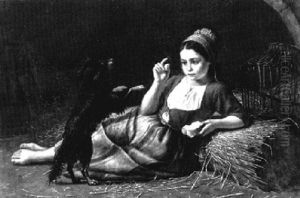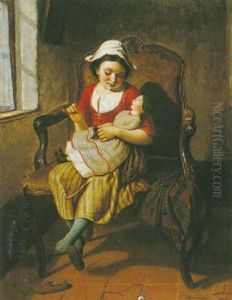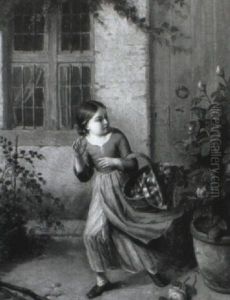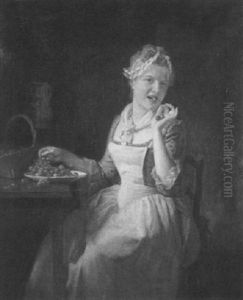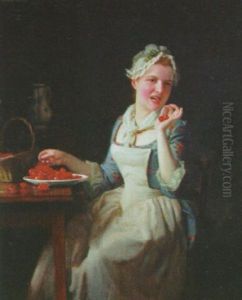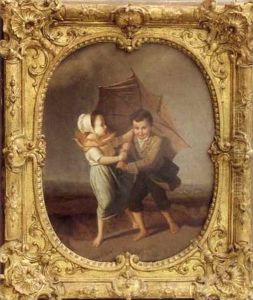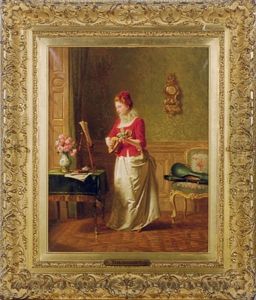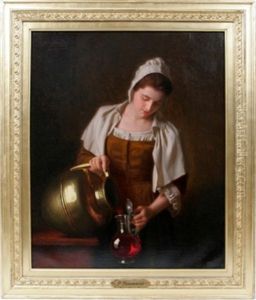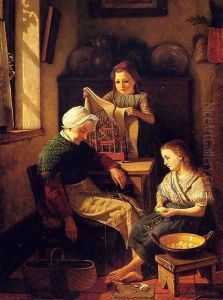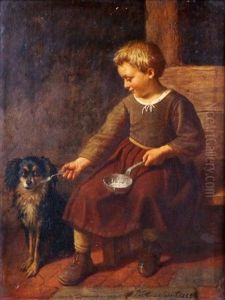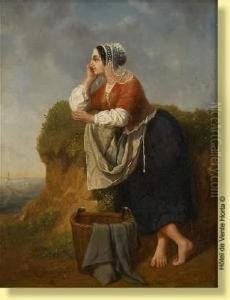Pierre Joseph Toussaint Paintings
Pierre Toussaint was born on June 27, 1781, in Saint-Domingue, which is present-day Haiti. He was born into slavery on a plantation owned by the Bérard family. Despite his status, Toussaint was educated and trained as a house slave, which afforded him certain privileges. In 1787, the Bérard family, along with Toussaint, moved to New York City to escape the turmoil that would lead to the Haitian Revolution.
In New York, Toussaint's life took a turn when his master, Jean Bérard, died. His widow, Madame Bérard, became financially dependent on Toussaint, who had learned the trade of hairdressing—a highly lucrative skill at the time. He became known for his talent among the high society of New York, which allowed him to support not only himself but also his late master's widow and other slaves who had been brought from Saint-Domingue.
Toussaint was freed in 1807 by Madame Bérard, shortly before her death. Despite gaining his freedom, he continued to support the Bérard family and others in need. He married Juliette Toussaint, also a former slave, and the couple became known for their philanthropy. They attended to the poor, helped establish an orphanage, and contributed to the building of Old Saint Patrick's Cathedral in Manhattan.
During his lifetime, Toussaint was a devout Catholic and dedicated to charitable works. He was known for his deep faith and commitment to helping others, regardless of race or background. After his death on June 30, 1853, his legacy lived on, and he was considered a candidate for sainthood by the Catholic Church. In 1996, Pope John Paul II declared him Venerable, one of the steps on the path to canonization, recognizing his virtuous life and service to others. Toussaint's remains were transferred to the cemetery of the Cathedral of St. Patrick in New York City, an honor that underscores the high regard in which he was held.

